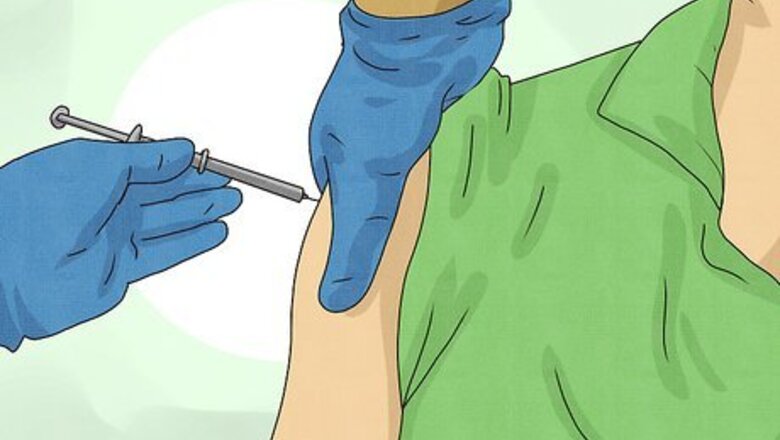
views
Deciding to Become a Wildlife Rehabilitator
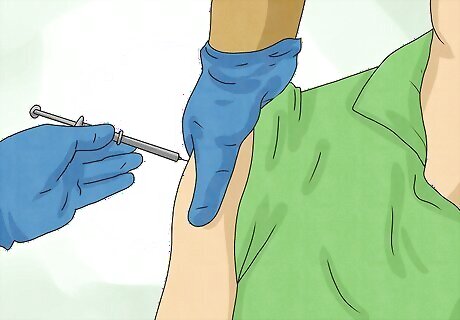
Get vaccinated. Be prepared, because the rehabilitation center will ask you to get certain vaccinations, and provide the paperwork for them. A Rabies vaccine is a must.

Find a center where you can volunteer. Search for centers in your area at: http://www.owra.org/find-a-wildlife-rehabilitator If you can’t locate any on that site, call your state Game and Wildlife Commission for a list of rehabilitators in your state. The "busy season" for wildlife centers starts in the spring. This is when baby animals are born, and the boom continues through the summer. Most places have limited acceptance periods, so they can have a trained staff on hand for spring. Think about volunteering at a couple different places to see which kinds of animals you’d like to work with.

Volunteer at a wildlife rehabilitation center. Your experience might include doing office work, helping to fundraise, or assisting with some of the animal care. At first, you will not be doing much with animals, but you might be helping to prepare food or ready or clean cages or bedding. As you get more experience, you might be able to do more hands-on work with the animals. You will need to meet these basic criteria before beginning: Be 18 or older Fill out a volunteer form for the center Have enough time to do a shift per week, minimum (usually 4 hours) Participate in annual trainings Be willing and able to transport injured animals

Do an informational interview with a wildlife rehabilitator. You might think that you want to train to be a wildlife rehabilitator, but it might be different than you imagine. Ask a wildlife rehabilitator if you can interview him or her to get a sense of what they actually do every day. Some sample questions might be: What does a typical day look like? How did you get into wildlife rehabilitation? What is the most difficult part of your job? What kinds of suggestions do you have for me?
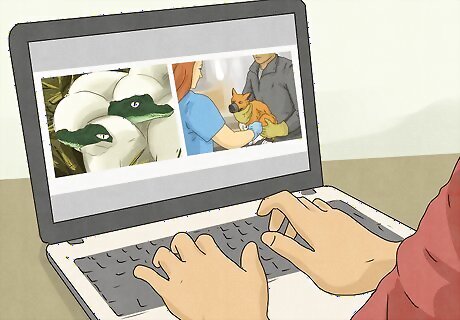
Decide where you want to work eventually. Do you want to try and get a job at one of the centers where you have volunteered? Talk to them to see if they are planning to hire any time soon. Are you planning to do a broad search? You can search internationally here Do you want to start your own rehabilitation center? How will you do that? If you want your own center, where will you get the money to purchase and build the facility? Make sure you are prepared for what your job prospects might be.
Getting Training and Permits
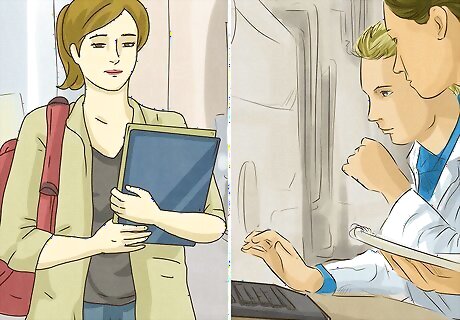
Get a college degree in biology or ecology. Even though for some positions a college degree is not required, it is for most. A major in a biology-related field, including coursework on mammalogy, ornithology, animal behavior, and ecology would be the best preparation for becoming a wildlife rehabilitator. These courses would give you a background in the way animals function and their environment.
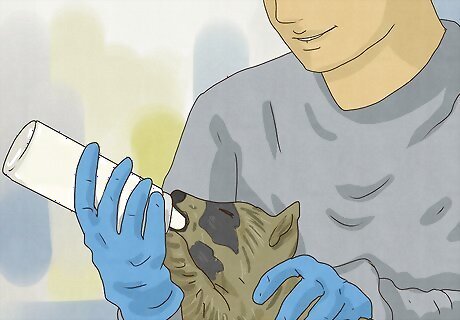
Approach the head of your facility for an apprenticeship or internship. This is a year(or more) in which your hours are carefully documented and cataloged, followed by a test. Most states will require this time period before you are able to be licensed.

Check with your state’s Game and Wildlife Department. They will have a list of the requirements for becoming a wildlife rehabilitator. It’s common for the list to include specialized training regarding the animals you want to work with, exams to demonstrate proficiency, and possibly participation in a mentorship program.

Get your license. Most states require wildlife rehabilitators to have a license issued by the Game and Wildlife Department. Make sure you have all of the qualifications before you apply for the license. Some of the requirements may include: Veterinarian training, or a period of apprenticeship working in a wildlife rehabilitation center Passing a wildlife rehabilitation exam for the species you will deal with Completed application
Working as a Rehabilitator

Find a job. Keep in mind it might take a while, and it might not be full-time. You can search one database here for possibilities:https://www.nwrawildlife.org/networking/ Hopefully you’ve been able to network and meet enough people during the time you were volunteering and training that you have a group of people in the field that know you. Keep up with these people as you look for a job. If you want to work at one particular location, keep in contact with them until they have an opening, and always let them know that you are ready to help at any time.
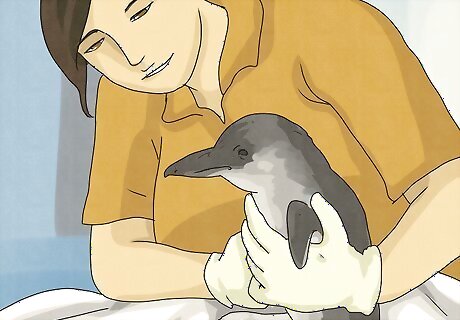
Work hard rehabilitating wildlife. Most wildlife rehabilitators work closely with a veterinarian to care for wild animals in their care. As a wildlife rehabilitator, each day is likely to be different as you care for a variety of hurt and sick animals. You will be caring for traumatized or wounded animals, new babies whose parents cannot care for them, animals who are disabled in some way, all of whom are wild and undomesticated. Each case will require strong knowledge of animal behavior and biology as well as a medical expertise to make a diagnosis and create a treatment plan.

Keep up with the field. Stay in touch with the other people in your network involved in wildlife rehabilitation. Take courses to stay current in your licensing. Read about the latest innovations and discoveries. Think about whether you want to stay in your current position, or if you want to change in the future -- perhaps to open your own center once you’re an experienced wildlife rehabilitator.



















Comments
0 comment